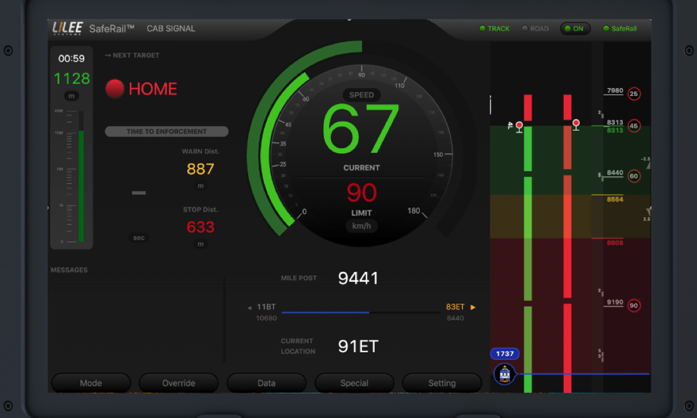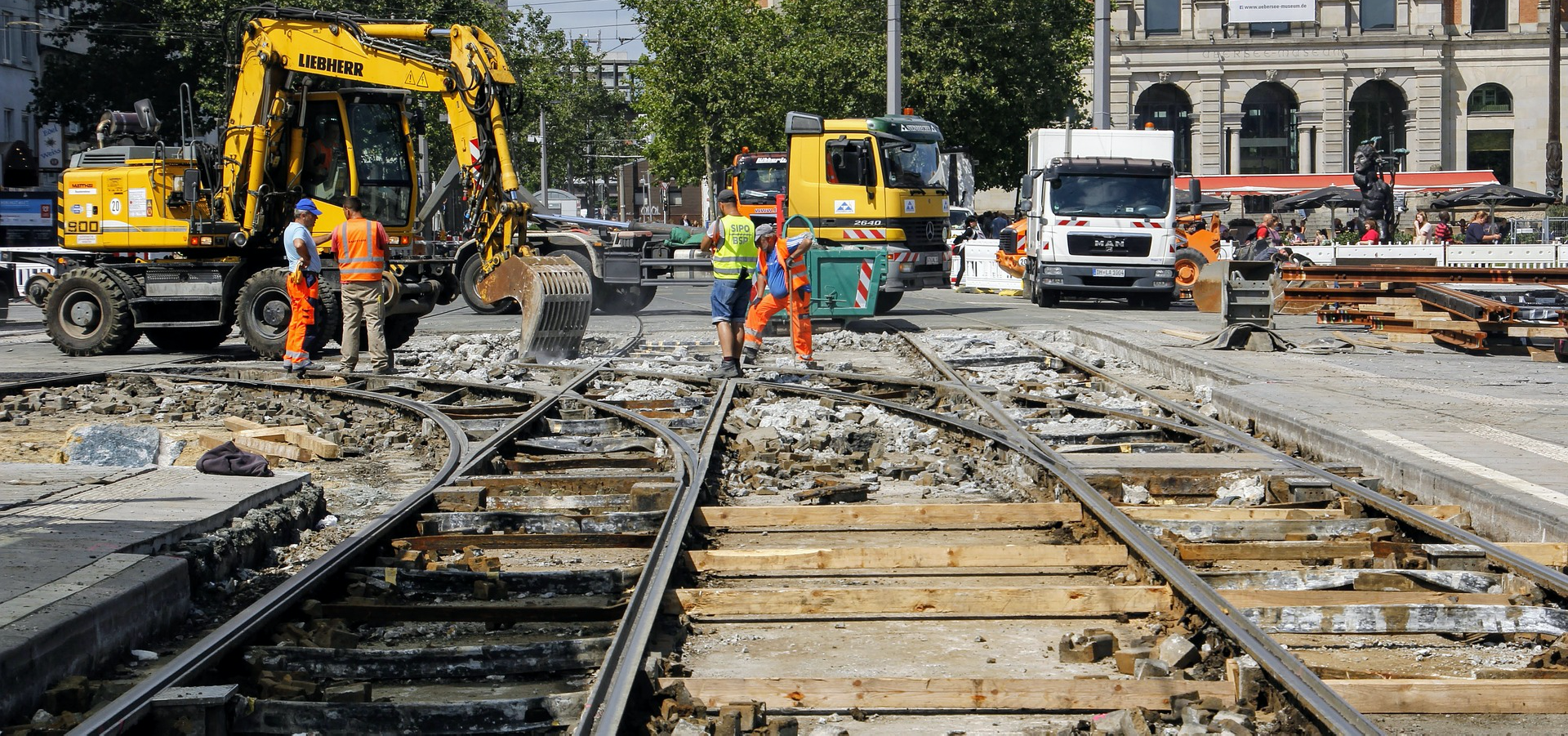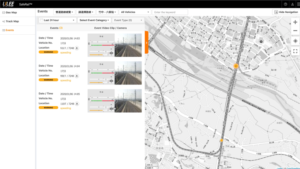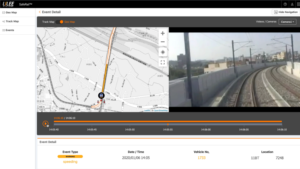Roadway workers are not protected
In 2008, the United States Congress mandated positive train control (PTC) for all passenger and freight trains, with some exceptions. Forty-two railroads are subject to the statutory mandate to implement PTC. Twelve years after PTC was mandated, serious accidents may still occur if a maintenance-of-way (MOW) vehicle unknowingly goes out of its authorized work zones. Maintenance vehicles today are not controlled nor monitored by the PTC system. An incoming train cannot be stopped even when the train is equipped with a PTC system.
With the extended PTC implementation deadline of December 31, 2020 approaching, now is the perfect time to look into rail safety for maintenance-of-way vehicles and workers as a part of the PTC mandate.
PTC-like protection to maintenance-of-way vehicles
Positive Train Control is designed to address four problems
- Train-to-train collisions
- Derailments caused by excessive train speed
- Train movements through misaligned track switches
- Unauthorized train entry into work zones
Per the AAR (Association of American Railroads) mandate, PTC shall prevent “unauthorized incursions by trains into sections of track where maintenance activities are taking place.” This mandate however does not protect maintenance vehicles that operate on the railway from running into unauthorized sections of track because majority of the maintenance vehicles do not have any warning or protection systems. Even in some limited cases when the maintenance vehicles are equipped with collision avoidance technologies, they are not integrated with the PTC systems.
This imposes enormous safety risks, liabilities, and costs for the rail operators, as this type of accident typically not only incurs property damages easily exceeding $2.5M. The cost of death, injuries, and service disruptions in most cases are also enormous and difficult to measure.
After a fatal collision of an Amtrak train and MOW equipment in 2016, NTSB (National Transportation Safety Board) issued a recommendation to the Federal railroad Administration (FRA) to install (safety) technology on MOW vehicles.
Industry’s first complete MOW Collision Avoidance System
The LILEE Systems MOW Collision Avoidance System is designed to provide a higher level of safety and accountability both on and off the railroad tracks. Through the integration of on-track vehicle location information with the PTC dispatching system, the system eliminates human errors associated with vehicle incursions into other’s work zones or leaving their own work zones and entering into unauthorized sections of track.
The system integrates with the dispatching system in the back office to retrieve the active Track Bulletins. This track bulletin information helps create authority limits in which the maintenance vehicles are allowed to operate.
In addition, the system collects the location report from the maintenance vehicles and distributes the location data to the adjacent maintenance vehicles. This location information allows all maintenance vehicles in proximity to have full visibility of other maintenance vehicles. Integration with the dispatching system in the back office enables MOW drivers to also know the location of the PTC equipped locomotives. When a vehicle or locomotive is coming too close to the MOW vehicle, driver gets an urgent alert.
The system includes a VDU (Visual Display Unit) on MOW vehicles. The onboard VDU has capabilities like cab signal system and provides the driver with visual and audio alerts to avoid possibility of MOW vehicle collisions in the situations when:
- A maintenance vehicle enters un-authorized track sections
- A maintenance vehicle is approaching the authority limits
- The authority granted to a maintenance vehicle is about to expire
- The distance between two maintenance vehicles is lower than the pre-defined safety distance
- A maintenance vehicle speed is higher than the allowed speed

Figure 1 The Onboard VDU for Driver Assistance
Visibility and compliance for the back office
In addition to the driver-assist features from the onboard VDU, the system also provides a remote monitoring and management system giving dispatchers and safety officers in the back office the visibility of where the MOW vehicles are in real time. Whenever a safety violation occurs, the system will capture and record the details of the safety-related event and notify safety officers via SMS, email, and other notification options immediately. The safety events include authority limit warnings and violations, Track authority expiration, safety distance warnings and violations, and overspeed warnings and violations.
The remote monitoring and management systems has an intuitive web-based user interface providing users with a dashboard summary of events that can be filtered by type, time frame, and location, in a list or geo map format.
Event details display key statistics (time, location, type of event, speed, current speed vs. speed limit, signal status, etc.) for each event, as well as the corresponding 30-second video footage recording 15 seconds before and after the event.
The map view and the video footage are time synchronized, so the user can playback the exact scenario of the violation event to determine if an event was cause by user error or other factors.
Figure 2 Overview of Safety-related Events and Alerts
Figure 3 Event Details
Positioning Accuracy
Another essential system component is positioning accuracy. Read more to learn how it further enhances safety and operational efficiency for MOW vehicles.
Safety for maintenance-of-way vehicles
In summary, rail safety requires not only trains to be managed by PTC, maintenance vehicles on the track also have to be managed. The LILEE Systems MOW Collision Avoidance System provides an extra layer of safety beyond the existing PTC technology designed to prevent train incursions into established work zone limits. With the recent industry-wide push towards precision scheduled railroading (PSR), integration of other elements of the PTC system can generate enormous operational and safety benefits than simply deploying a standalone system.
To learn more about keeping your maintenance-of-way vehicles safe, please contact yjlee@lileesystems.com.


